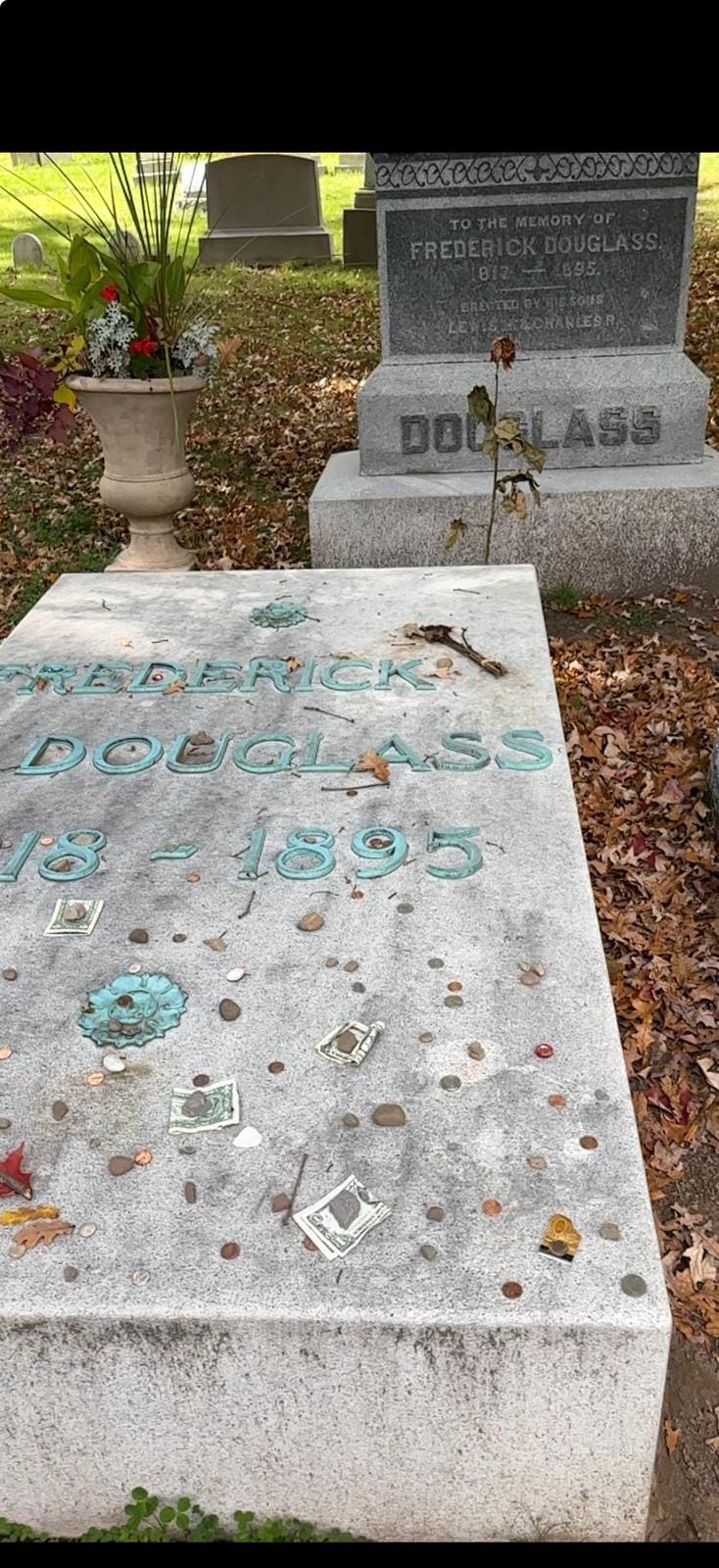As I made my way to Rochester, New York, the picturesque memories of the Painted Ladies in San Francisco found their way back into my thoughts. It wasn’t just the visual beauty of those Victorian homes—each distinct, vibrant, yet part of a greater whole—that captured me, but the metaphor they presented. They are a testament to endurance, survival, and reinvention. That, in itself, seems to echo my journey these past months, hopping from school to school, gathering fragments of what works and tucking them away for future use, much like those layers of brightly painted wood reveal stories of a past constantly being made anew.
You see, these houses stand in stark contrast to the gritty modern life that surrounds them—just like our personal journeys, full of reflection, successes, trials, and transformation. The Painted Ladies have been painted and repainted so many times that their histories seem to bleed through those layers of paint. Similarly, my recent travels—meeting educators and thinkers, visiting schools, and paying my respects to icons like Frederick Douglass—have left layers on me too.
A few weeks ago in Rochester, especially at Pittsford Mendon and Sutherland high schools, I found myself deeply immersed in conversations about education—what it is and what it could be. It reminded me of how often we overlook the small shifts that bring about profound changes, much like the repainting of those homes. These subtle evolutions are the backbone of reinvention. Ideas don’t always come in grand gestures but in small, thoughtful changes. Each one adds a new layer, a new color to the whole, and soon, something both familiar and yet different emerges.
As I stood before Frederick Douglass’ grave, I thought about this notion of layers again—how his legacy has become intertwined with every modern conversation about freedom, justice, and equity. Just like the Painted Ladies, Douglass’ contributions are revisited, repainted in the colors of each generation’s fight for justice, reminding us of the persistence and beauty in ongoing transformation. The same could be said about Susan B. Anthony—another icon of Rochester, her tireless fight for women’s suffrage echoing into the present.
While these stops tugged at my political and historical heartstrings, it was the schooling conversations that weighed heaviest on my mind. As I reflect on these visits, I am reminded of the importance of how our schools, much like those Victorian homes, are constantly being painted over with new educational trends, policies, and reform attempts. Yet beneath all the paint—beneath all the jargon of “innovation” and “21st-century learning”—there is the foundation, the true heart of what makes schools function: the relationships, the community, the desire to guide students toward becoming thoughtful, engaged citizens.
We’re all a bit like the Painted Ladies, aren’t we? We wear our layers, our experiences, as both armor and identity, and with each new experience, we add another coat of paint. Sometimes it’s vibrant and bold, other times it’s muted and faded, but it’s always there, part of our structure.
In the coming weeks, as I continue my journey, I know I’ll keep layering these experiences. I’ll paint over old ideas with fresh ones, try them on for size, and, like those iconic homes, stand proudly as a mix of both the past and future. Rochester was a reminder that there’s beauty in that process, in those incremental changes, in the ways we allow ourselves to be restored and reimagined.
So, here’s to the next layer, and whatever color it may bring.
Curated Listening:
My favorite Frededom Song is Bob Marley and the Wailers’s classic, Redemption Song. Listened to this arrangement by the Kanneh-Mason Family, arranged by Sheku Kanneh-Mason. Listen to it HERE





